As part of their effort to kick-start the eventual colonization of Mars, SpaceX is sending an unmanned Dragon spacecraft to Mars. Initially, that mission was set for 2018, but is now re-scheduled for 2020. Now, SpaceX says they’re working with NASA to select a suitable landing site for their first Dragon mission to Mars.
At a presentation in Texas on March 18th, Paul Wooster of SpaceX said that they have been working with scientists at NASA’s Jet Propulsion Laboratory (JPL) to identify candidate landing sites on the surface of Mars. In order to aid colonization, the sites need to be:
- near the equator, for solar power
- near large quantities of ice, for water
- at low elevation, for better thermal conditions
But finding a site that meets those conditions is difficult.
According to SpaceNews, the study done with NASA initially recognized 4 regions in Mars’ northern hemisphere, all within 40 degrees of the equator. They are Deuteronilus Mensae, Phlegra Montes, Utopia Planitia, and Arcadia Planitia.
Deuteronilus Mensae
Deuteronilus Mensae (DM) is located between older, cratered highlands and low plains. DM shows evidence of glacial activity in its surface features. In fact, there are still glaciers there, which makes it a desirable source of ice.
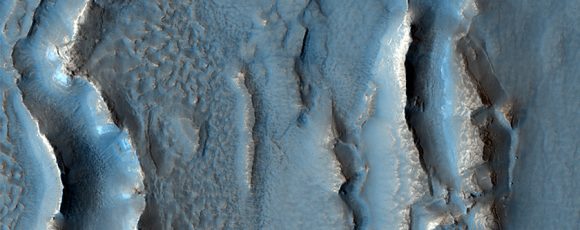
Phlegra Montes
Phlegra Montes (PM) is a system of mountains on the Martian surface, over 1300 km across. It’s a complex system of basins, hills, and ridges. They are likely tectonic in origin, rather than volcanic, and the region probably contains large quantities of water ice, perhaps 20 meters below the surface.
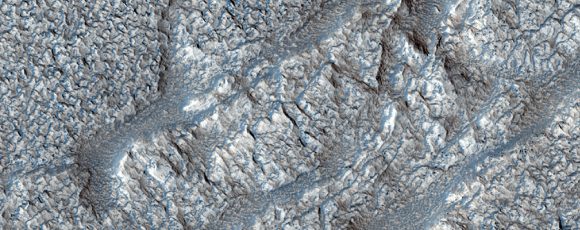
Utopia Planitia
Utopia Planitia (UP) is the region where the Viking 2 lander set down in 1976. At 3300 km in diameter, UP is the largest impact basin in the Solar System. In 2016, NASA found a huge deposit of underground ice there. The water is estimated to be the same volume as Lake Superior.
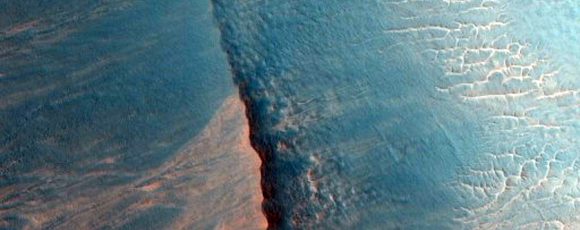
Arcadia Planitia
Arcadia Planitia (AP) is a smooth plain containing fresh lava flows. It also has a large region that was shaped by periglacial processes. This supports the idea that ice is present just beneath the surface, making it a candidate for colonization efforts.
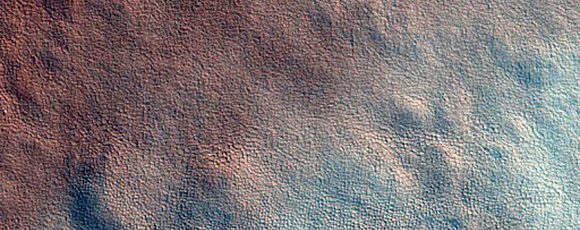
The image below shows the Arcadia Planitia region in relation to some of its surroundings. Colonists at AP might have a great view of Olympus Mons, the largest volcano in the Solar System.
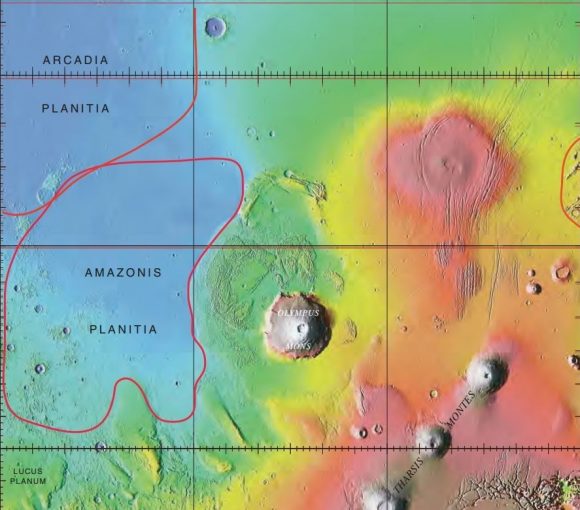
The four areas looked suitable in images from a medium resolution camera (CTX) on the Mars Reconnaissance Orbiter (MRO). But when the High Resolution Imaging Science Experiment (HiRISE) camera on the same orbiter was used to look more closely, the first three locations appeared to be much rockier. According to SpaceNews, Wooster said ““The team at JPL has been finding that, while the areas look very flat and smooth at CTX resolution, with HiRISE images, they’re quite rocky. That’s been unfortunate in terms of the opportunities for those sites.”
The fourth area, Arcadia Planitia, is a more promising site. HiRISE images showed that it is much less rocky and could be a suitable site for the first Dragon mission to Mars.
The Dragon mission to Mars is just the first step for SpaceX. They see themselves as an interplanetary transportation company eventually. SpaceX intends to send a craft to Mars every two years, when the launch window is optimal. SpaceX says they’ll have the ability to deliver one ton of payload to the Martian surface with each Dragon mission.
Their Interplanetary Transport System (ITS) might have the capability to make it to Mars in as little as 80 days, while carrying a payload of up to 450 tons. While still in the very initial stages of design, it may eventually revolutionize our ability to colonize Mars in any meaningful or enduring way. SpaceX envisions a fleet of craft in the ITS which will constantly make the return to trip to Mars.
If that ever happens, we may look at the first Dragon mission to Arcadia Planitia, or another eventual landing site, as the first step.

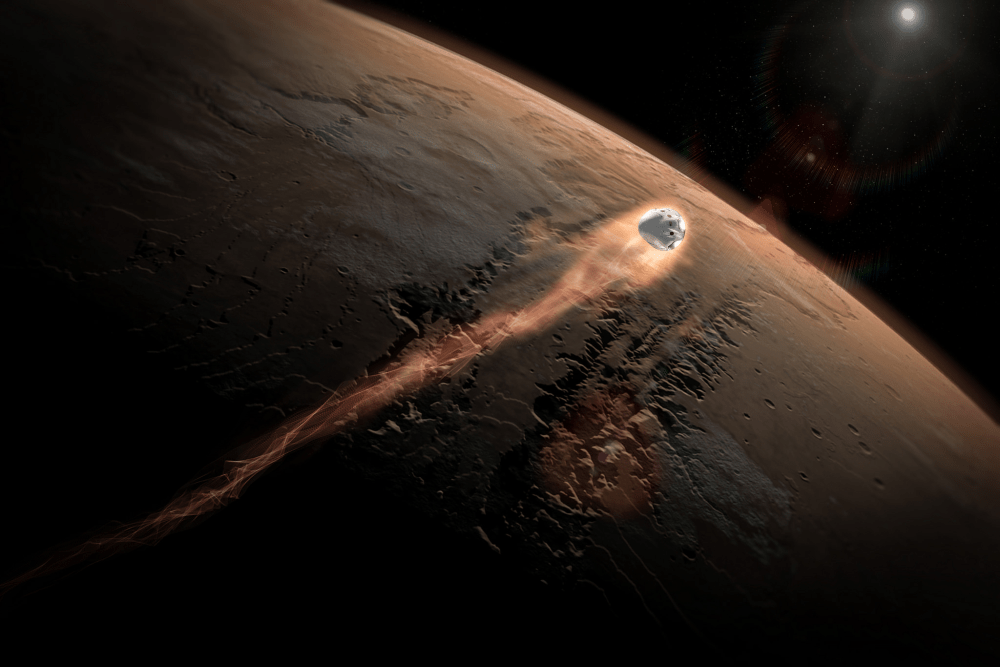
Musk and other are doing stuff that NASA should have started to do 25 years ago. But since it was not their personal money why worry.
Aerospace companies did not make any profit on reusable main stages or in fact on any reusable items.